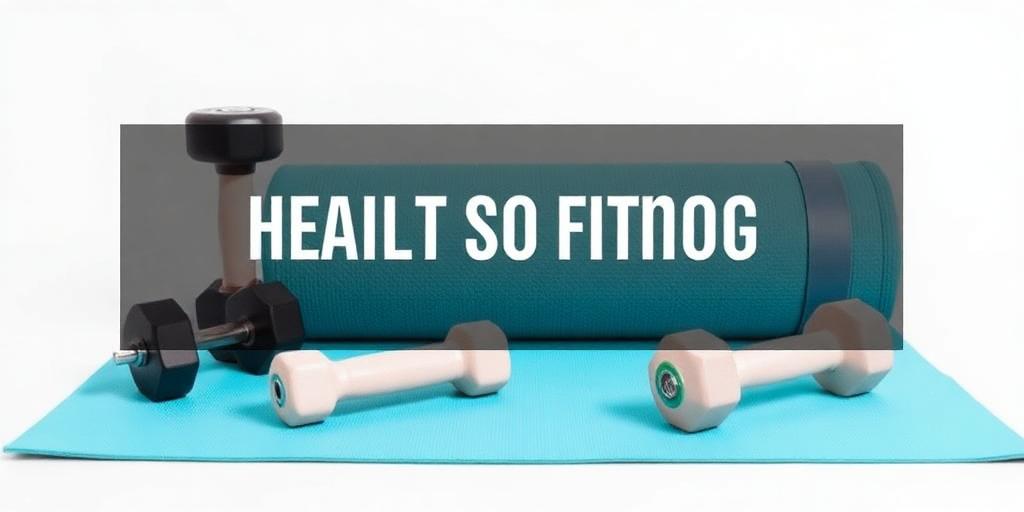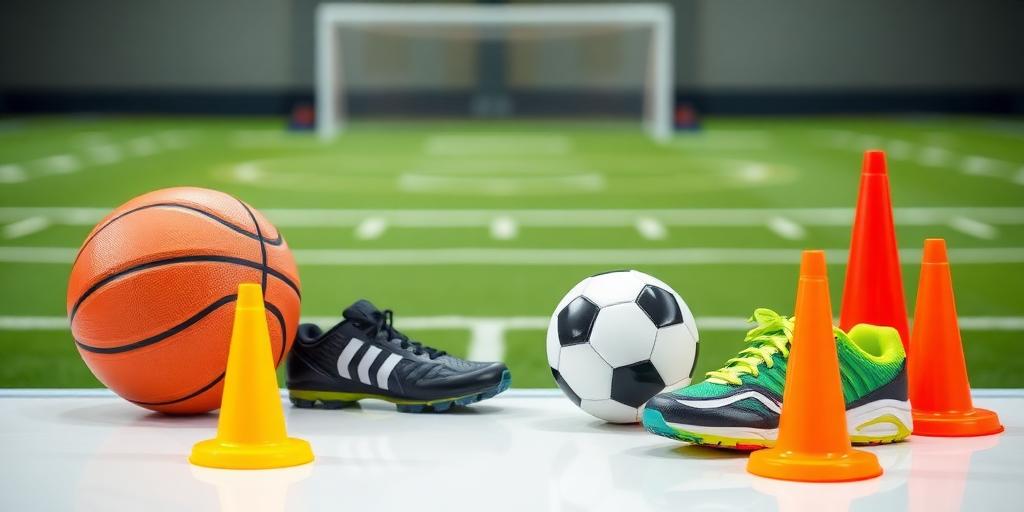Understanding the RICE Method for Acute Injuries
When you experience an acute injury, such as a sprain, strain, or contusion, immediate care is crucial to minimize damage and promote healing. The RICE method—Rest, Ice, Compression, and Elevation—is a widely recognized and effective first-aid treatment for such injuries. This guide provides a detailed overview of each component of the RICE method and how to apply it correctly.
What is the RICE Method?
The RICE method is an acronym for four key elements of immediate injury care:
- Rest: Avoid using the injured area.
- Ice: Apply ice to reduce swelling and pain.
- Compression: Use a bandage to compress the area and minimize swelling.
- Elevation: Elevate the injured area above heart level.
1. Rest
Why Rest is Important:
Rest is the first and foremost step in managing an acute injury. Continued use of the injured area can exacerbate the damage, leading to prolonged healing times and potential complications.
How to Rest Properly:
- Immediately Stop Activity: As soon as you recognize an injury, cease the activity that caused it.
- Avoid Weight-Bearing: If the injury involves a lower extremity (ankle, knee, foot), avoid putting weight on it. Use crutches or other mobility aids if necessary.
- Support the Injured Area: Use splints, braces, or slings to immobilize and support the injured area.
2. Ice
Why Ice is Important:
Applying ice to an acute injury helps reduce pain and swelling by constricting blood vessels, which decreases blood flow to the area. This can limit inflammation and tissue damage.
How to Apply Ice Effectively:
- Use an Ice Pack: Apply a cold pack, ice bag, or even a bag of frozen vegetables wrapped in a thin towel.
- Apply for 15-20 Minutes: Apply ice for 15-20 minutes at a time.
- Repeat Every 2-3 Hours: Repeat the ice application every 2-3 hours for the first 24-72 hours, or as long as swelling persists.
- Protect Your Skin: Always use a barrier (towel or cloth) between the ice and your skin to prevent frostbite.
3. Compression
Why Compression is Important:
Compression helps to minimize swelling by providing external support to the injured area, preventing excessive fluid accumulation.
How to Apply Compression Correctly:
- Use an Elastic Bandage: Wrap the injured area with an elastic bandage. Ensure the bandage is snug but not too tight, as overly tight compression can impede blood flow.
- Start Distally: Begin wrapping from the area farthest from your heart, moving towards the heart.
- Check Circulation: Regularly check for signs of impaired circulation, such as increased pain, numbness, tingling, or swelling below the compression bandage. If these occur, loosen the bandage.
- Keep it On: Wear the compression bandage continuously for the first 24-72 hours, removing it only for ice application and hygiene.
4. Elevation
Why Elevation is Important:
Elevating the injured area above heart level helps to reduce swelling by using gravity to facilitate fluid drainage away from the injured site.
How to Elevate Properly:
- Raise Above Heart Level: Whenever possible, elevate the injured area above the level of your heart.
- Use Pillows for Support: Use pillows or cushions to prop up the injured limb while sitting or lying down.
- Maintain Elevation: Maintain elevation as much as possible during the first 24-72 hours.
Additional Tips for Managing Acute Injuries
- Pain Management: Over-the-counter pain relievers like ibuprofen (Advil, Motrin) or acetaminophen (Tylenol) can help manage pain and reduce inflammation. Follow the recommended dosage instructions.
- Hydration and Nutrition: Stay hydrated and eat a balanced diet to support the body’s natural healing processes.
- Avoid HARM: For the first 72 hours after an injury, avoid HARM: Heat, Alcohol, Running, and Massage. These can exacerbate swelling and delay healing.
- When to Seek Medical Attention: If you experience severe pain, deformity, inability to bear weight, numbness, or signs of infection (fever, redness, pus), seek professional medical attention immediately.
Conclusion
The RICE method is a simple yet effective first-aid technique for managing acute injuries. By following these guidelines, you can help reduce pain and swelling, protect the injured area, and promote faster healing. Remember, early intervention is key to a successful recovery. If symptoms persist or worsen, consult a healthcare professional for further evaluation and treatment.









